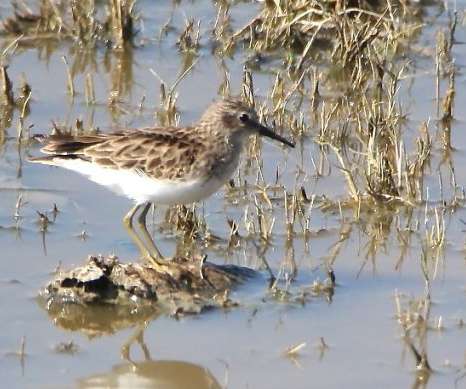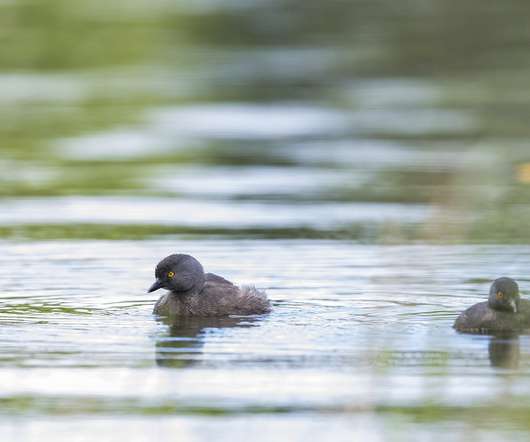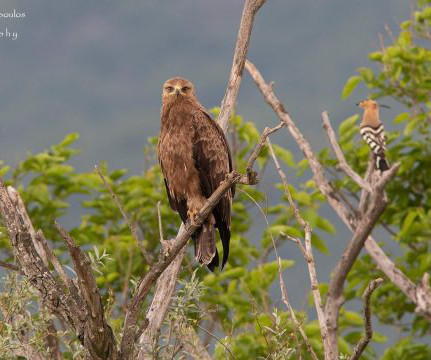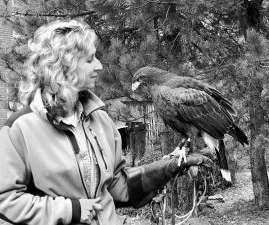And So It Begins
10,000 Birds
JANUARY 12, 2022
But I’ll trade Red-taileds any day for a Northern Harrier , a lovely pair of Peregrine Falcons , and the surprising presence of a pair of Crested Caracaras , normally seen at much lower elevations. A wonderfully close Peregrine Falcon. Believe it or not, Caracaras (in spite of their 4-foot wingspan) are falcons, not hawks.



















Let's personalize your content